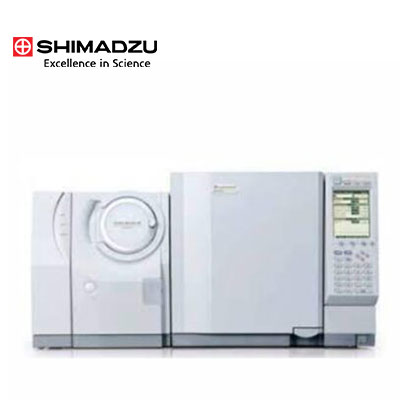PY-Screener
Py-Screener™ Ver. 2 is designed to screen for brominated flame retardants, such as PBBs and PBDEs, and phthalate esters in polymers. These substances are regulated under the Directive on the restriction of the use of certain hazardous substances in electrical and electronic equipment (RoHS (II) Directive) in Europe. The pyrolyzer GC/MS (Py-GC/MS) is used to selectively detect and quantify these restricted substances thermally extracted from samples.
The system consists of a sampling toolkit, special standards, and special software and can be easily operated even by novices.


Effective and Efficient Analysis
Simultaneous Inspections for Phthalate Esters and Brominated Flame Retardants (Total of 20 PBBs and PBDEs)
The system can perform batch inspections for phthalate esters and a total of twenty PBBs and PBDEs with between one and ten bromine atoms. With the new “correction factor database” function, the software automatically generates calibration curves for the compounds not included in the standard sample based on the calibration curve information of the standard sample, allowing the concentration of all of the above compounds to be calculated. A simultaneous screening method for phthalate esters, PBBs and PBDEs using Py-GC/MS has been studied for standardization under the international analytical standard IEC 62321 3-3.

Newly Developed High-Speed (22 Minute) Simultaneous Inspection Method for 7 Phthalate Esters and Brominated Flame Retardants
A method has been developed that significantly shortens simultaneous inspection times for phthalate esters and brominated flame retardants. This enables productive and reliable inspections for a wide range of regulated compounds.

Phthalate Ester Screenings in Accordance with the European REACH Regulations
Since 2020, under the European REACH regulation, the same four phthalate esters (DIBP, DBP, BBP, and DEHP) regulated under the RoHS directive have become regulated in a wide range of moulded items including toys and childcare articles. Under the REACH regulation, regulatory concentration values are established with respect to individual concentration values and total calculated concentration values, which means that this regulation must be managed differently than the RoHS directive. This system is capable of automatic screening determinations with respect to the total calculated concentration of these four phthalate esters.







